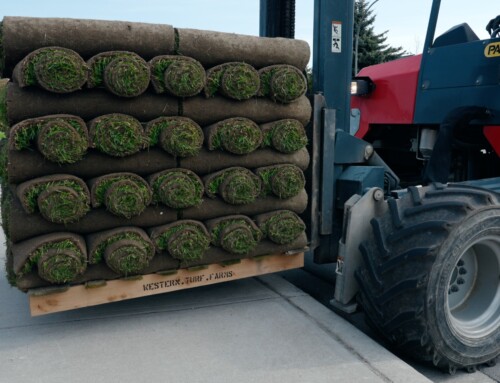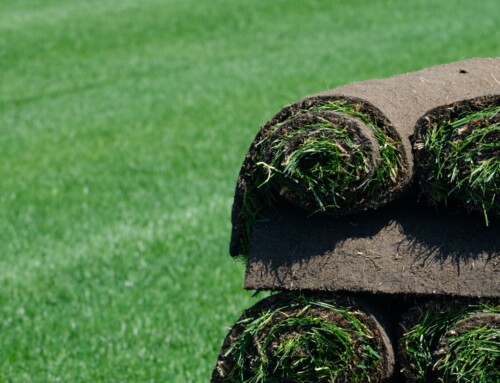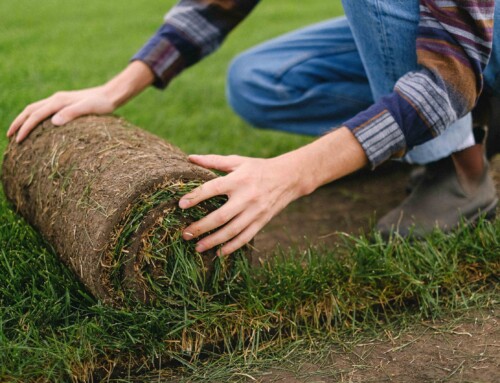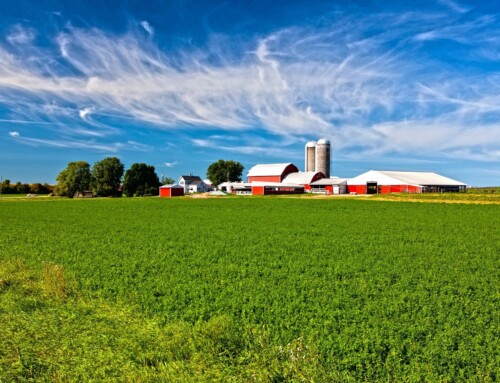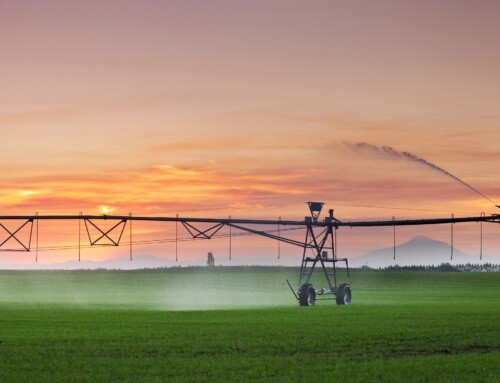For many homeowners in British Columbia, maintaining a lush, green lawn is a point of pride, but it can also prove challenging. Over the course of the year, you will likely deal with one or more issues such as weeds, pests, heavy rain, pet damage, heavy foot traffic, and drought. But are there drought resistant grass options?
It can be frustrating to watch a lawn whither and die after investing time, effort, and money into it, but with rules governing water use in place for almost six months of the year, you may be wondering how to keep your lawn alive during a drought.
Should I Water My Lawn During a Drought?
The first thing that probably comes to mind is whether you should water your lawn, and if so, how much? The answer will depend on local water conservation guidelines that are in effect. Water if you can, conserve when you must, but keep in mind that there are options available to you to help your lawn survive droughts,
Lawn Watering Regulations During the Summer
As a responsible homeowner, you will want to do your part to conserve water and follow the lawn watering regulations that are in effect from May 1st until mid-October. These guidelines make it pretty clear and easy to know when you can water.
Regulations in Vancouver are subject to change, so it is important to check your municipalities water restrictions regularly. During Stage 1, homes with even-numbered addresses, for example, are permitted automatic watering on Saturdays from 5 am to 7 am or 6 am to 9 am for manual watering. Odd-numbered homes may do the same on Sundays. Other guidelines cover the watering of new lawns, or those lawns being treated for the European Chafer beetle. These restrictions will change according to which stage (1-4) of the water conservation plan is in effect.
While the guidelines can greatly limit your water use, you can also give your lawn a better chance of survival if you are using drought-tolerant grass.
Types of Drought Resistant Grass
Certain varieties of grass are resistant to drought. Using them for your lawn will help you get through the long dry spells that you may experience during the summer. Two excellent types of grass to consider for your lawn are:
Tall Fescue
Tall Fescue is a cool season drought resistant grass, which prefers one deep watering per week. It is an adaptable, bunch-type of grass that is very traffic-tolerant and also resistant to the Chafer beetle, making it an excellent choice for your lawn.
Enviro Organic Sod
Enviro Organic Sod from Western Turf Farms has low water needs, making another excellent drought resistant grass. Made from a blend of Kentucky Bluegrass and Fescue, it is an ideal grass for a variety of climates and recovers well from both drought in hot weather and frost in cold. It’s a great choice for the environmentally conscious homeowner.
Watering Tips for Summer
As you may have surmised from the watering regulations, watering in the early morning is the best time for your lawn. Watering at night may encourage mildew and fungus growth and may also attract pests.
Aerating the soil in the spring or the fall will create small holes that allow water to penetrate deeper.
When experiencing drought stress, the leaves of the grass turn brown as they dry up and die. The plant allows this to happen to conserve water and survive. If your lawn has gone dormant, continue to water to keep the plant crowns hydrated. This may not be enough to green up the lawn but can help the plant survive during long dry periods.
Minimize or stop fertilization, as fertilized lawns will require more water. When mowing, raise the height of your lawn mower by at least one setting above what you normally use. Tall Fescue, for example, may be mowed at 3.5 inches during the summer months. This forces the grass to develop deeper roots.
Keep in mind that even if your lawn turns brown, it hasn’t necessarily died. Though they will not maintain their colour without watering, some varieties of grass can survive a month without water, meaning that once the drought has ended, your green lawn will return.


